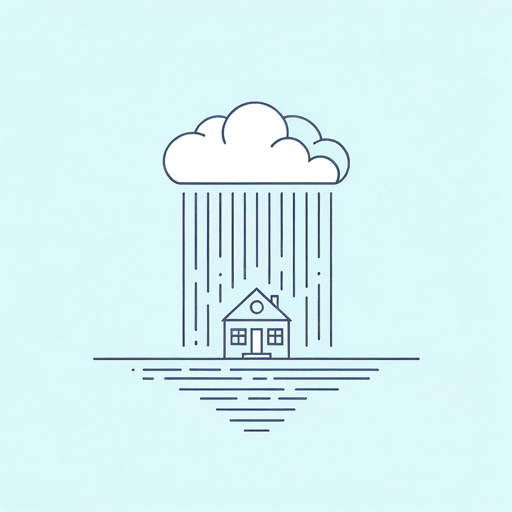31 pages • 1 hour read
Anton ChekhovThe Darling
Fiction | Short Story | Adult | Published in 1899A modern alternative to SparkNotes and CliffsNotes, SuperSummary offers high-quality Study Guides with detailed chapter summaries and analysis of major themes, characters, and more.
Symbols & Motifs
Olga’s House and Courtyard
In addition to being settings, Olga’s house and courtyard function as a symbol for her ongoing isolation. She rarely leaves the property, meeting two of the three men she falls in love with because they are lodgers. The courtyard also functions as a motif for her changing emotional state. When she is in love, the yard is associated with her happiness: It is where she becomes infatuated with both Kukin and Smirnin, listening to the former’s complaints and enjoying tea with the latter while he reads aloud from the newspaper.
During Olga’s period of Isolation and Despair, this same courtyard becomes “overgrown with weeds and prickly nettles” (10). The house simultaneously falls into disrepair, making the property appear abandoned. This symbolizes that her soul is now “empty.” As soon as Olga is once more flooded with love at Smirnin and Sasha’s appearance, the first thing she does is begin repairs. Her emotional renovation is echoed by the physical renovation of the house. For the third time, the courtyard is the focus of her emotions; it is where she “strode about […] giving orders. The former smile lit up on her face” (11). As with Kukin and Smirnin, she meets her final love object, Sasha, in the yard, where he runs around, “his merry, joyful laughter” ringing out (11).
Related Titles
By Anton Chekhov
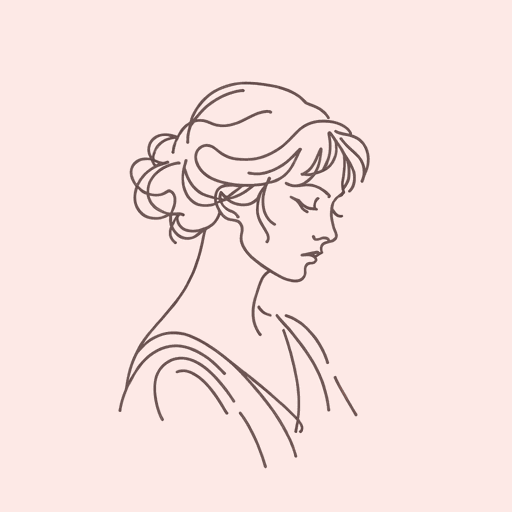
At Home
Anton Chekhov
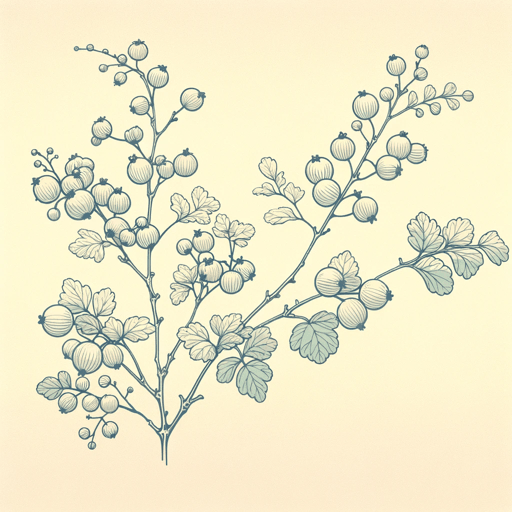
Gooseberries
Anton Chekhov
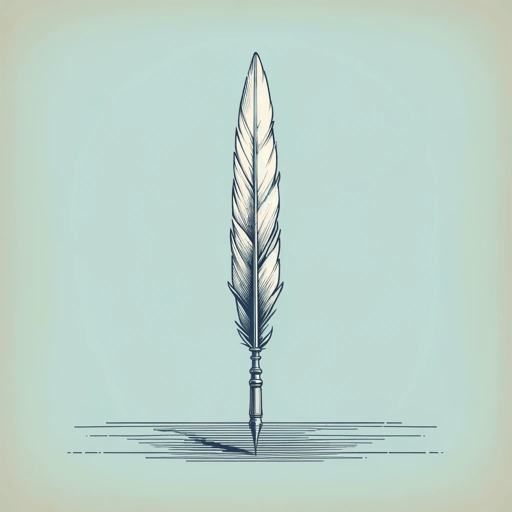
The Bet
Anton Chekhov
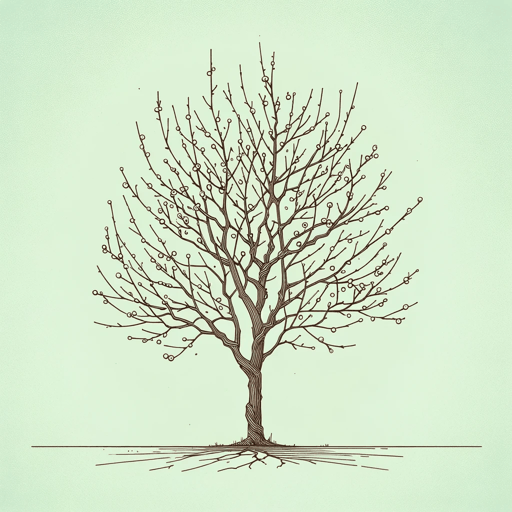
The Cherry Orchard
Anton Chekhov
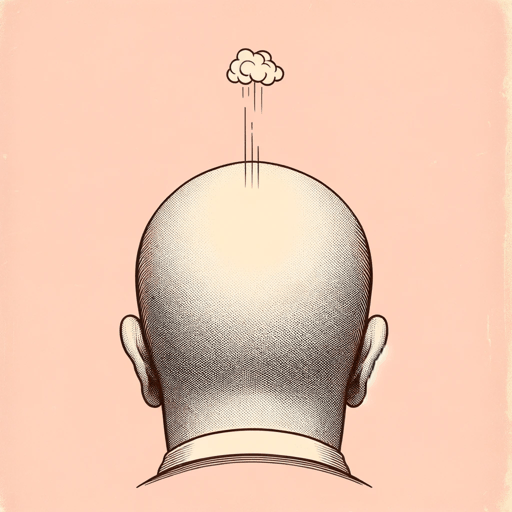
The Death of a Government Clerk
Anton Chekhov
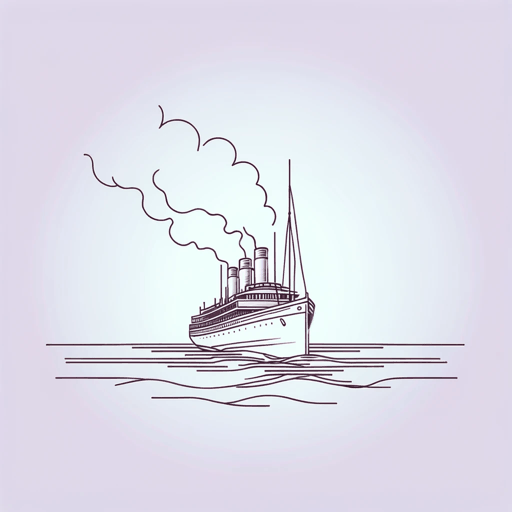
The Duel
Anton Chekhov
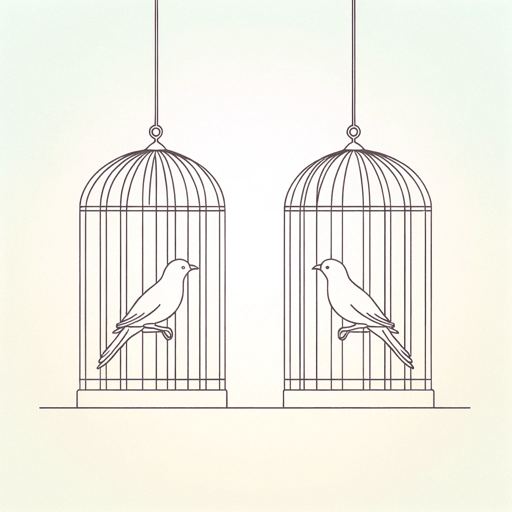
The Lady With The Dog
Anton Chekhov
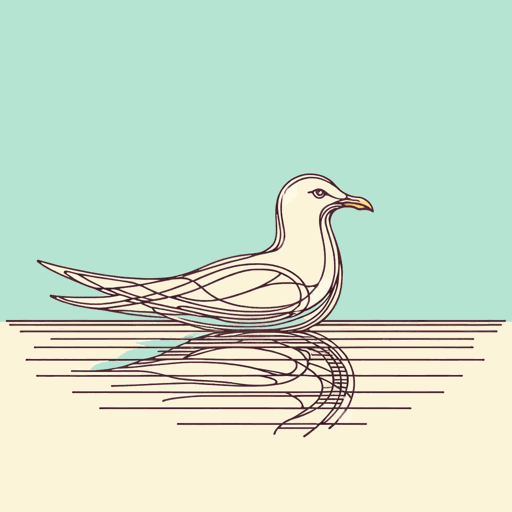
The Seagull
Anton Chekhov

Three Sisters
Anton Chekhov

Uncle Vanya
Anton Chekhov

Vanka
Anton Chekhov
